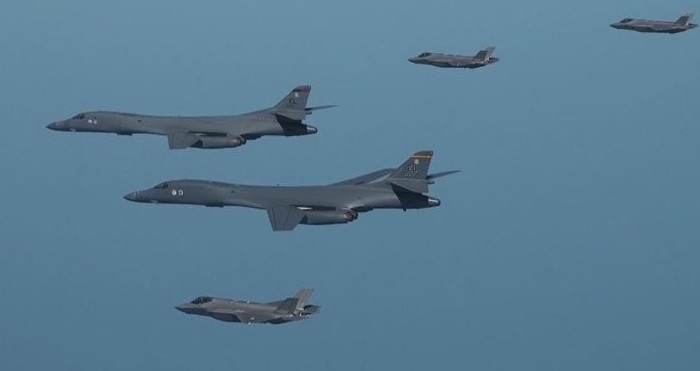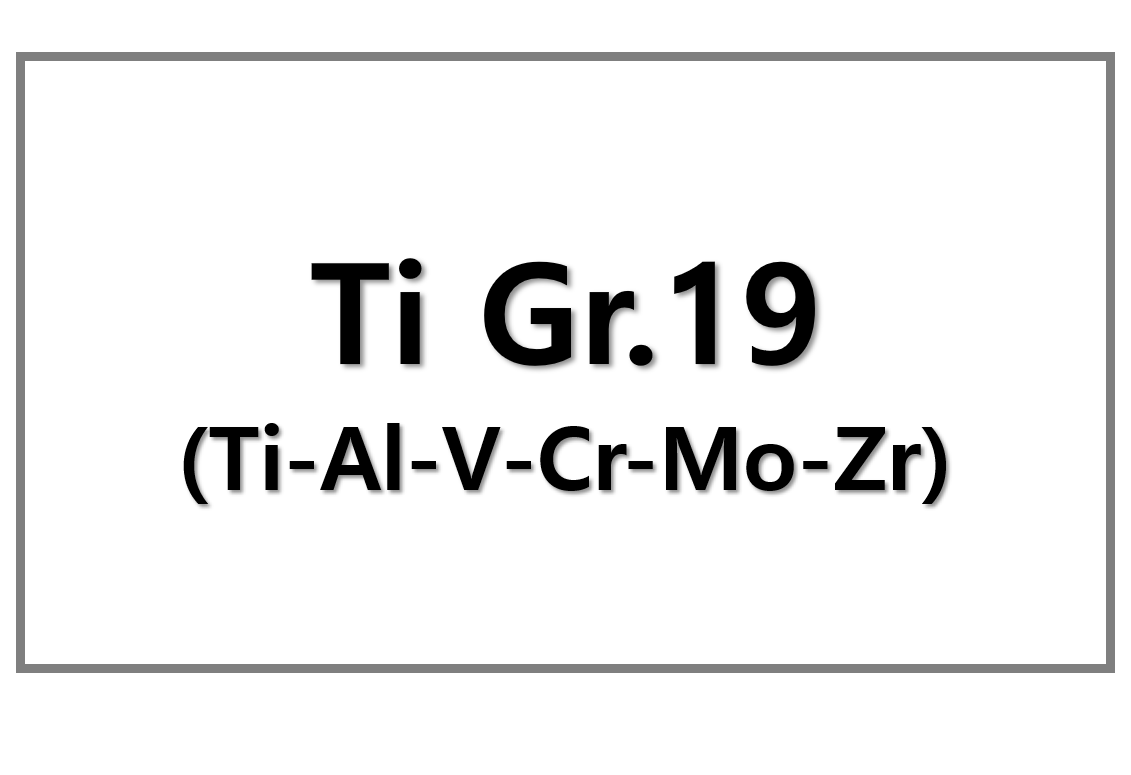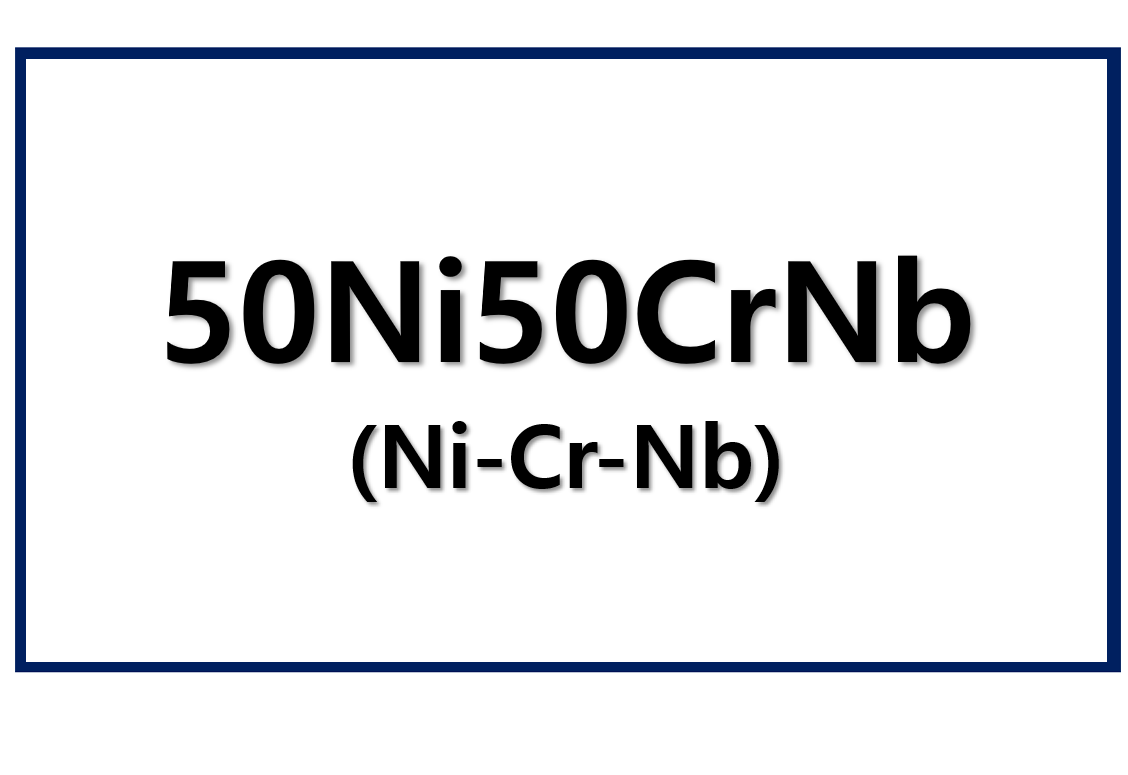
Introduction to Hafnium Tariff Concerns
The US has recently imposed an 80% tariff on hafnium imports from China, sparking widespread concern across industries that depend on this critical material. Under President Donald Trump’s new tariff regime, the duty on hafnium has dramatically increased from 25% to 80%, raising fears of potential supply shortages and price hikes in the coming months. Hafnium is essential for various sectors, including aerospace, semiconductors, space exploration, and nuclear power generation, and these new tariffs may create significant disruptions in its supply chain.
US Dependency on Hafnium Imports
The United States produces some hafnium but still relies heavily on imports to meet its domestic demand. Hafnium production globally is limited, with an estimated 70-75 tonnes produced annually. The supply is concentrated in just four countries: the US, China, France, and Russia. In January 2024, China exported 1,499kg of hafnium to the US, highlighting the reliance on Chinese exports. However, the US’s limited production capacity and competition from countries like Japan and South Korea, which are increasing their hafnium purchases for nuclear power needs, are adding strain on the US market.
Impact of Trade Tensions and Export Restrictions
The new tariffs and growing trade tensions between the US and China are causing significant issues for hafnium availability. The ongoing conflict in Ukraine has also led to reduced imports of hafnium from Russia, further tightening supply. The rising tariffs and the addition of hafnium to China’s dual-use export control list have caused delays in the approval of export licenses, exacerbating the situation. These restrictions require sellers to disclose end-user applications and, in some cases, visit facilities to verify usage, further complicating trade.
Hafnium Prices and Market Outlook
The uncertainty surrounding hafnium tariffs and export delays has led to rising prices in the market. Rotterdam prices have remained relatively stable in the short term as consumers stockpile supplies, but long-term contracts have seen a significant price increase. Some buyers are paying close to $6,000 per kilogram or more for hafnium under multi-year contracts. On April 3, 2024, the market in China showed a slight weakening as suppliers accepted lower bid prices, anticipating reduced demand from US consumers.
Conclusion: What’s Next for Hafnium?
With the continued imposition of tariffs and the ongoing trade war between the US and China, hafnium supply remains uncertain. While the immediate future may see some relief from fluctuating spot prices, the long-term outlook remains highly volatile. Industries relying on hafnium must brace for potentially higher costs and further supply disruptions. The ongoing geopolitical tensions and regulatory changes will likely continue to affect the hafnium market for the foreseeable future.











Leave a Reply
You must be logged in to post a comment.